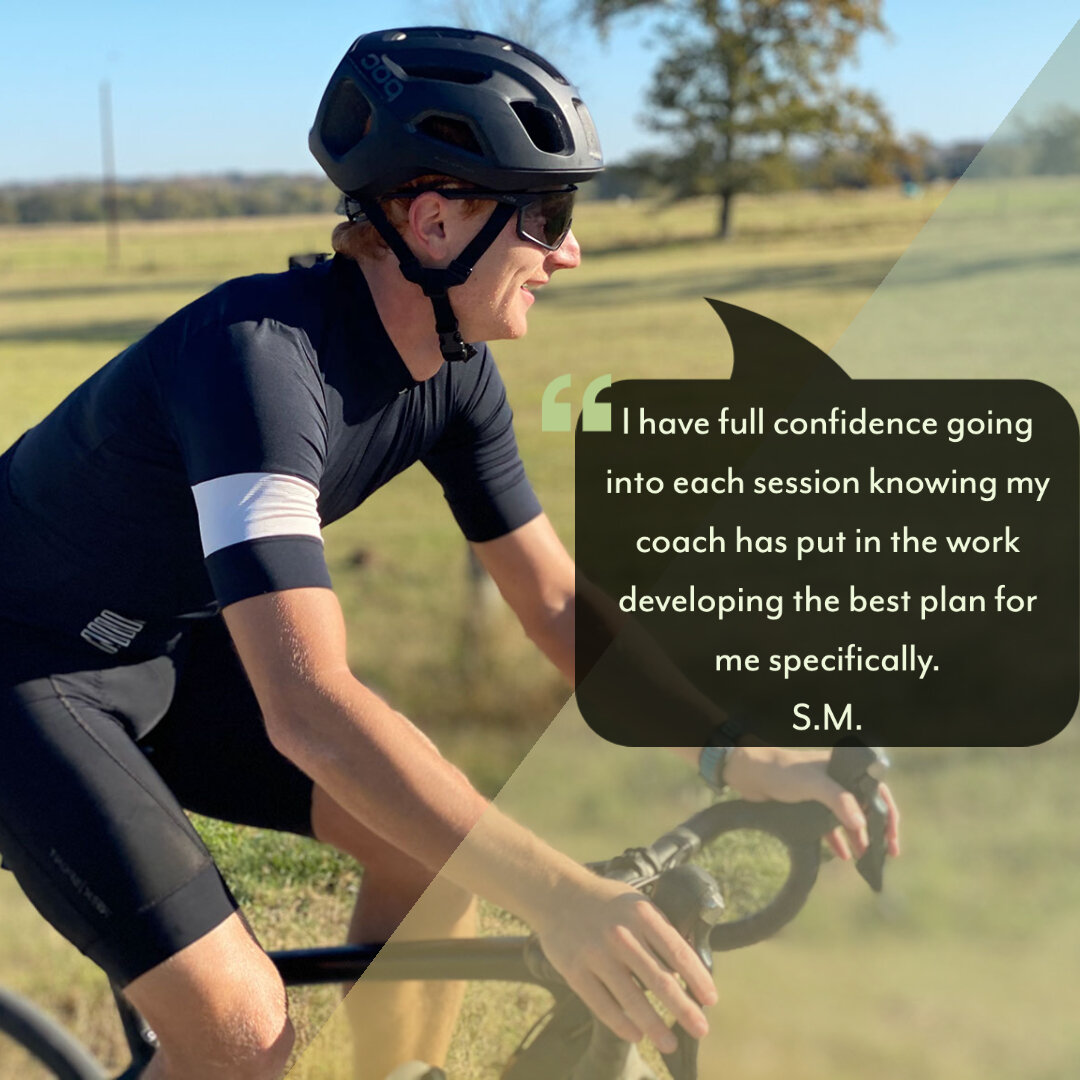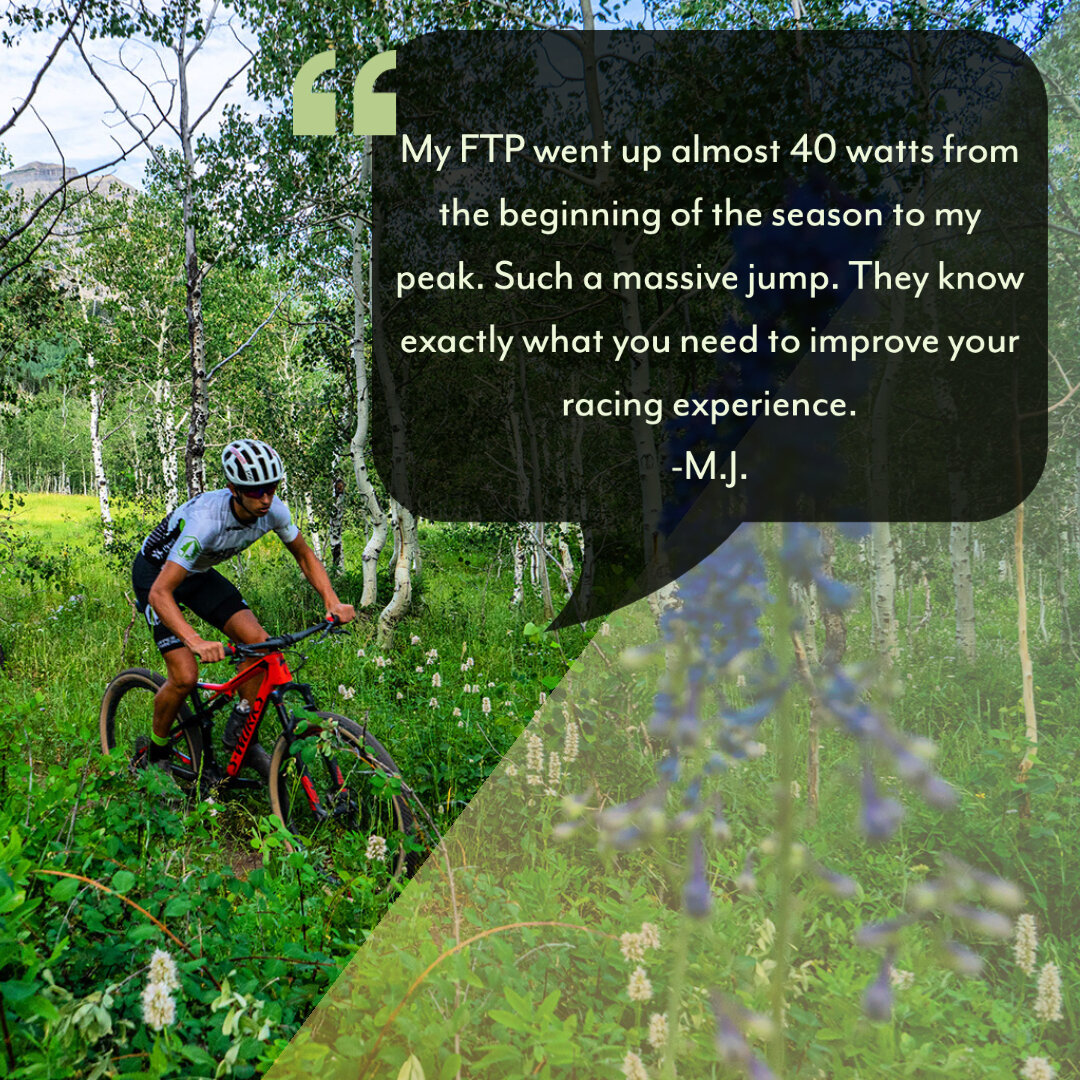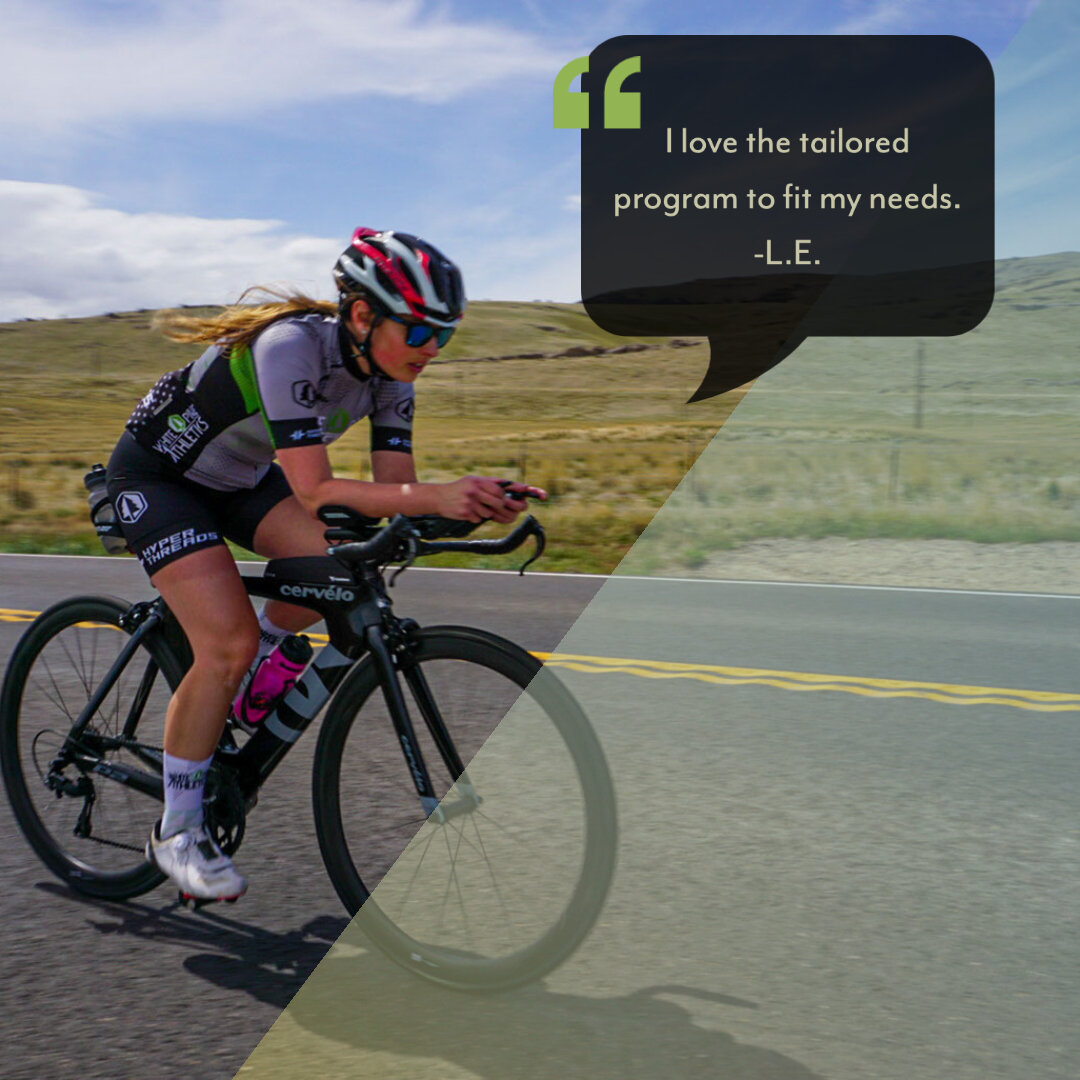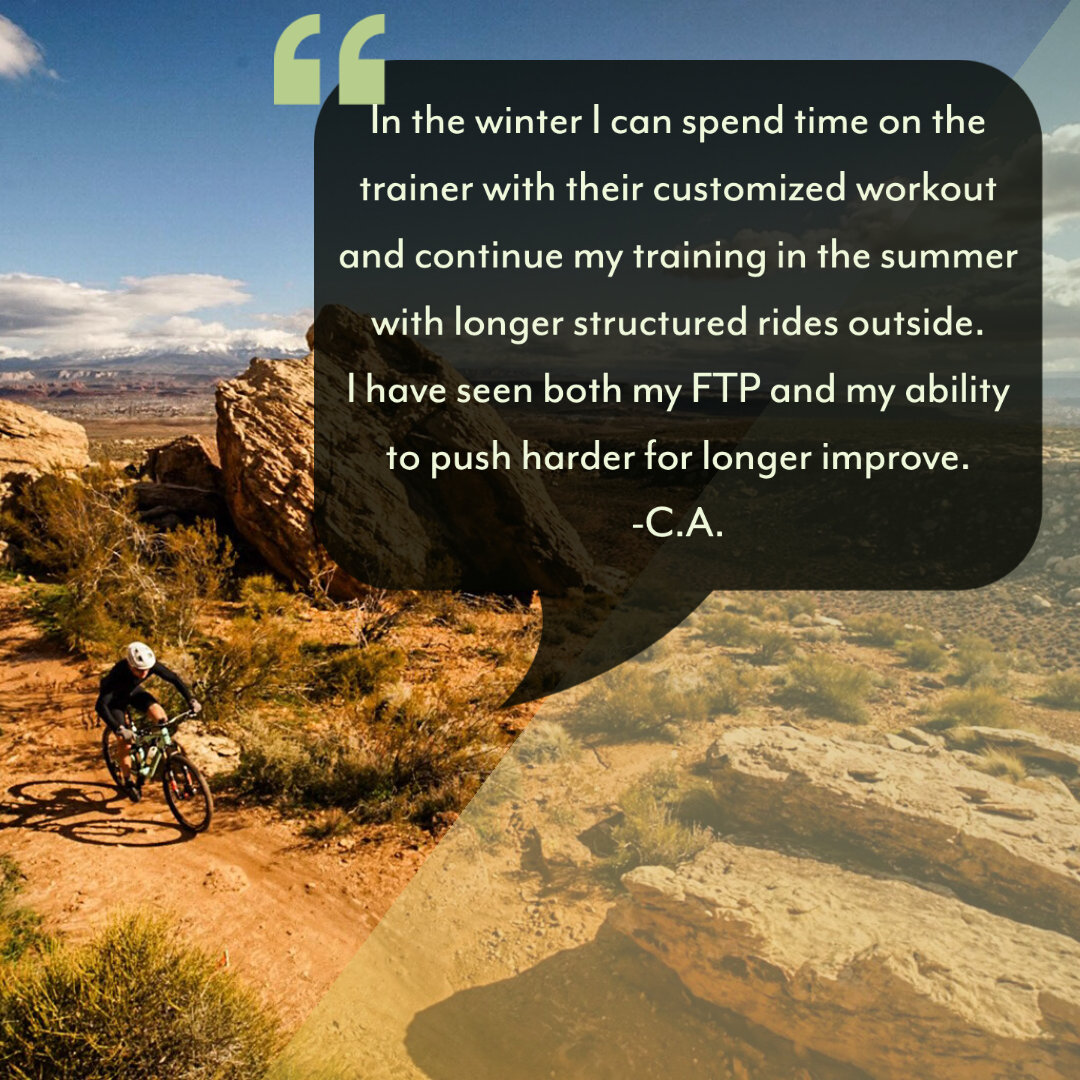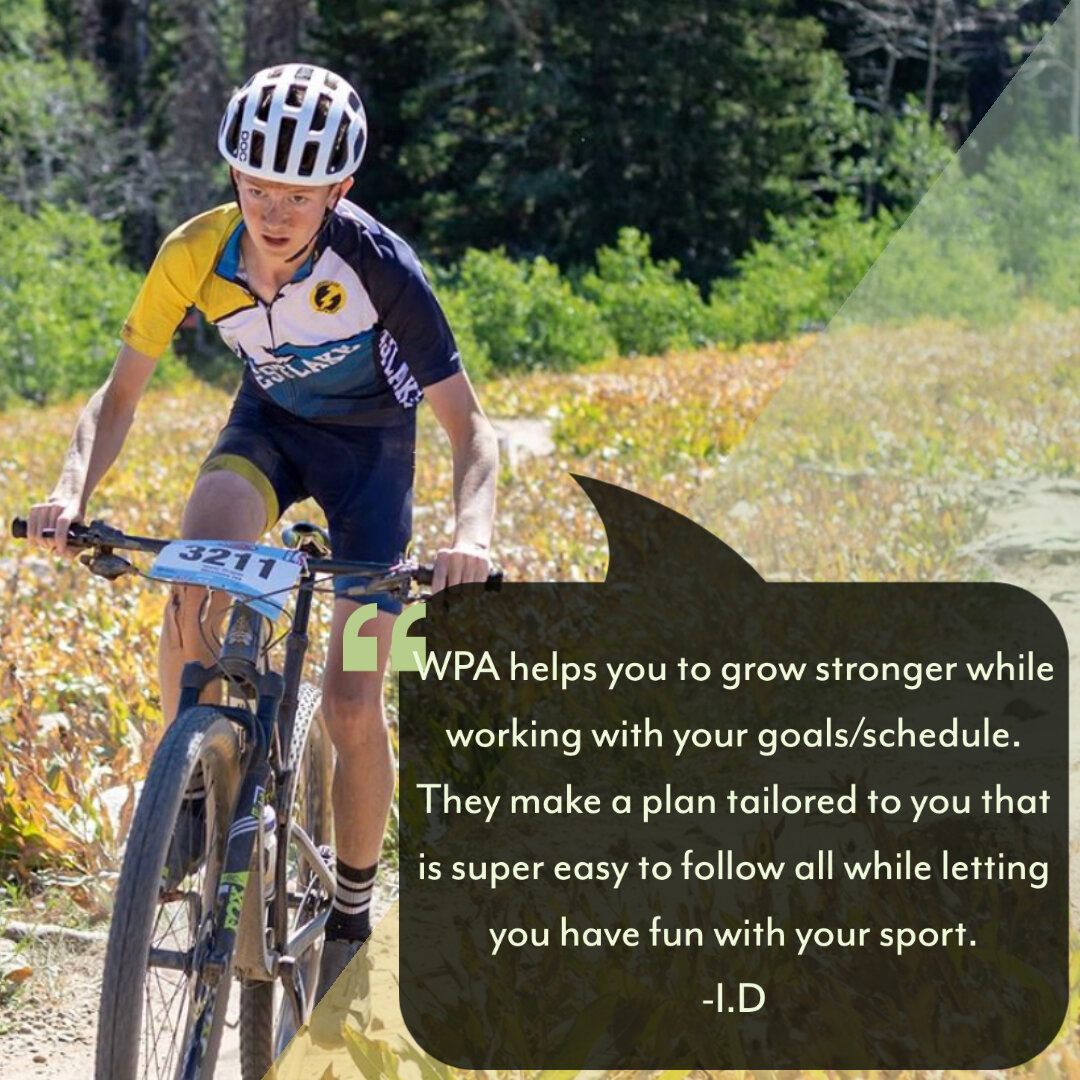The term “marginal gains” has become a prominent buzz word in cycling media over the years. Shave a couple grams here and there, increase aerodynamics by a fraction of a percentage, utilize the latest nutritional breakthroughs, all with the goal of adding up a few tiny gains to the sum of an overall noticeable increase performance. For professional athletes in the pro peloton or athletes at the highest level of their sport, chasing these gains might be worth it in the long run. For the vast majority of athletes, however, becoming a successful athlete lies in the creation and maintenance of successful habits.
There are so many variables to sport performance that we are unable to control. The trick to becoming a successful athlete is to start by controlling what you can, and forgetting the rest. Below are my six habits of a successful athlete.
Believe in Yourself and Your Abilities
It doesn’t matter how many hours you’re training each week, how fast you are, or how skilled you are- if you don’t have confidence in your ability to succeed, you’re doomed before you even cross the starting line. In addition to time spent in the gym, on the bike, or physically performing their sport, elite athletes also dedicate time to developing a strong sense of belief in their abilities.
Channel the feelings of previous wins, of training sessions you nailed perfectly, and use them to reaffirm that you’re capable of accomplishing incredibly difficult tasks, and that you’re doing this because of the love and passion you hold for your sport.
View Failure as an Opportunity
Don’t let a poor result define your season or career. Odds are, you’re going to “lose” far more races than you “win”. Get comfortable with this. Instead of looking at a loss as a failure, I tell my athletes to ask themselves to identify three things that went well and three things that didn’t. The caveat though, is to only identify things that were within their control. You can’t control the rain, but you can spend time training in poor weather, and develop the skills to perform well in the rain. You can’t control how fast another team’s riders are, but you can improve your ability to identify which moves to follow, how to time attacks, and learn when to counter attack or let the move go and conserve energy.
Within every loss is an opportunity to grow and learn. Avoid the common mistake of sulking and vowing to do better next time; instead take away actionable lessons from each loss or failure.
Prioritize Sleep
If you were to gather a panel of elite athletes, and ask them for one piece of advice to reshape your training and performance, I would be blown away if “sleep” wasn’t a top mention. It’s been long-known that the greatest adaptations occur during our sleeping hours, both physically and neurologically. According to the National Heart, Lung, and Blood Institute, the effects of sleep deprivation and deficiency include: slowed reaction time, emotional instability, memory disfunction, and decrease in focus. Just a slight decrease in any one of these areas would be enough to drive down performance. Add in your body’s decreased ability to recover from training stress, and you can all but guarantee a poor training day or race performance.
A few tips to improve your sleep, and ultimately your training/racing performance:
Go to bed and wake up at the same time every day. Your body loves routine, try to stick to this same routine on weekends as well.
Avoid screens, bright lights and exercise an hour or so before bed time.
Avoid large meals, caffeine and alcohol before bed time.
It should also be noted, that while there is still much research to be done, preliminary findings suggest that a short nap early in the day can provide a boost in alertness and your ability to take on greater training stress.
Build a Team That Lifts You Up, Not Drag You Down
In my opinion, this has the potential to have the greatest effect on your training and performance. Having a training partner, coach, or group that pushes you is hugely important to becoming a successful athlete. Fill your circle with friends, family, loved ones, and fellow athletes that motivate you, push you, and inspire you. These are the people that will support your passion and desire to succeed. There is no room in your circle for those who bring you down, or who cause you to doubt your ability. This goes doubly for coaches. It is the responsibility of a coach to lift, support, motivate and guide their athletes to becoming smarter, balanced, and happy athletes. There is no room in sport for coaches who degrade athletes, or who practice in a way that inhibits an athletes sense of belief in themselves or their passion for sport.
This is a hard lesson to learn, and an even harder policy to enact. As a social species, it is hard to cut people from our lives. However, if a person or group has a toxic effect on your well-being, the best outcome might be to limit your interaction, and instead find comfort and support in those who share your passion, and want to see you grow and succeed.
Go Hard on Hard Days, Easy on Easy Days
This one sounds simple, but goes against every instinct of the majority of athletes. My recipe for successful and productive training: Hard days should be hard. Easy days should be easy… sometimes very easy. We can only perform at a high intensity for so long, and for so many days in a row. When we over-do it, our body suffers and often puts us into a state of over training that can take months to recover from.
Your training should be structured in a manner that allows for a progressive increase in stimulus (volume and intensity), targets different energy systems in an appropriate intervals, and allows for adequate recovery. This last point is where we as humans tend to struggle. It’s safe to say we LOVE to go hard. Why else would you train and race for weeks on end? Convincing an athlete to train hard is rarely the problem. Instead, conveying the importance of easy days and recovery days tends to be the most difficult. Recovery doesn’t have to mean long bouts of zero activity. It does, however, mean time spent at a low enough intensity to focus primarily on facilitating recovery and allowing your autonomic nervous system to regain a sense of balance. So when you have an easy day on your calendar, consider fighting the urge to sneak in a few efforts, and allow your body the time and energy to recover and prepare for the hard sessions to come.
Take a Hard Look at Your Nutrition
Looking back at the concept of marginal gains, it’s easy to think of weight loss when you hear the word nutrition. However, I try to encourage my athletes to look at their relationship with food, rather than the concept of dieting or weight loss. Instead of focusing on shedding pounds, I encourage you to take a broader look at what, and when you are eating. Think more about the quality of what you’re eating, and how those foods might affect your training, performance, and recovery.
Additionally, it is important to consider the timing of your nutritional intake. For example, are you eating a carbohydrate-rich diet prior to hard training sessions? Are you capping off said session with a meal or recovery shake to replenish carbohydrate and deliver adequate amounts of protein and other critical enzymes, vitamins, minerals and nutrients? Timing is just as key to a successful nutrition plan as content.
Making a successful athlete doesn’t always require labs, doctors, testing, expensive gear and teams of experts. Sometimes it’s as simple as adjusting your schedule, taking a look at your circle of support, evaluating your sleep hygiene, or keeping a closer eye on your nutrition. Whatever your goals may be, these tips should help you on your journey to becoming a more successful athlete.
